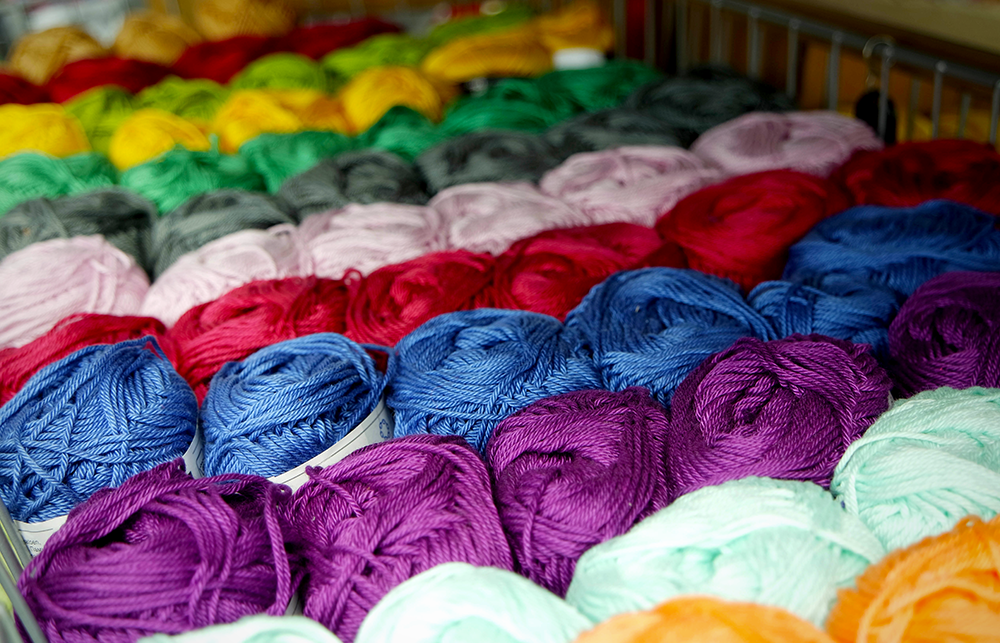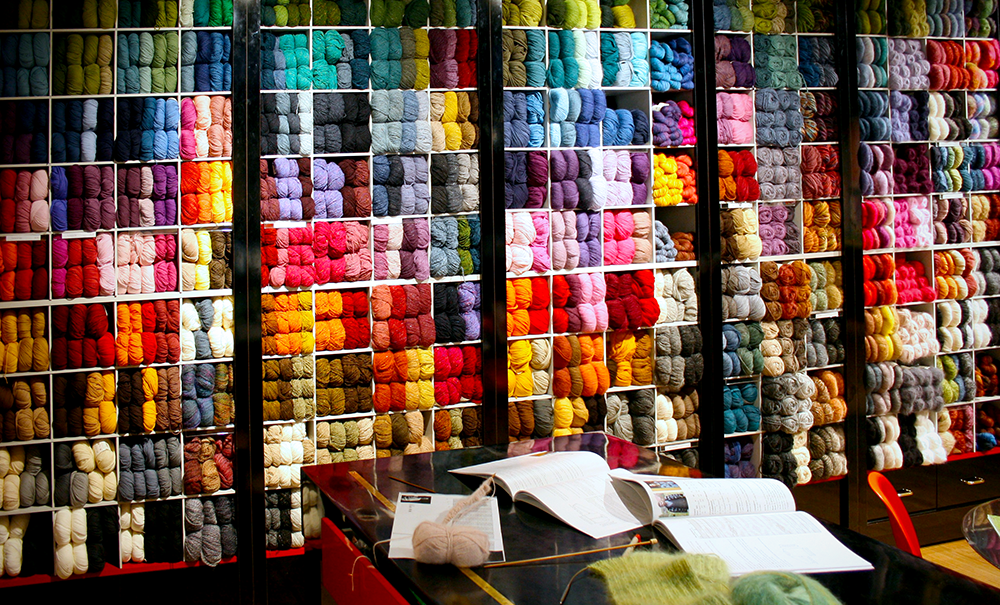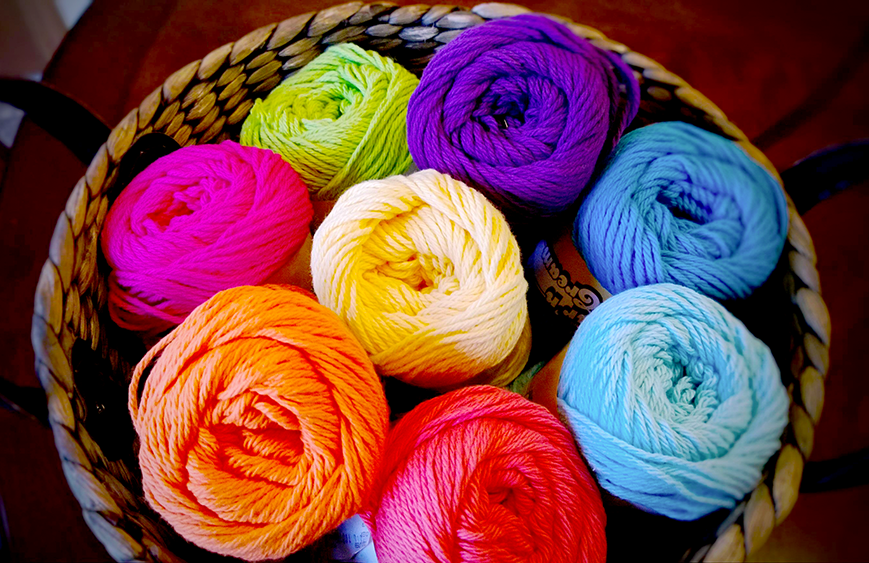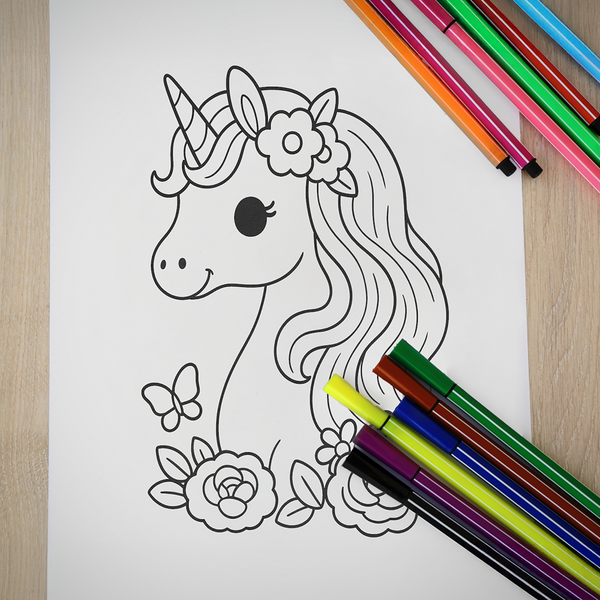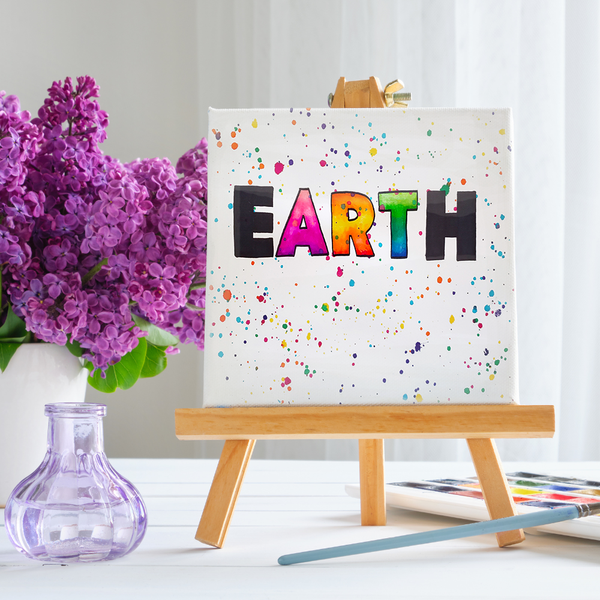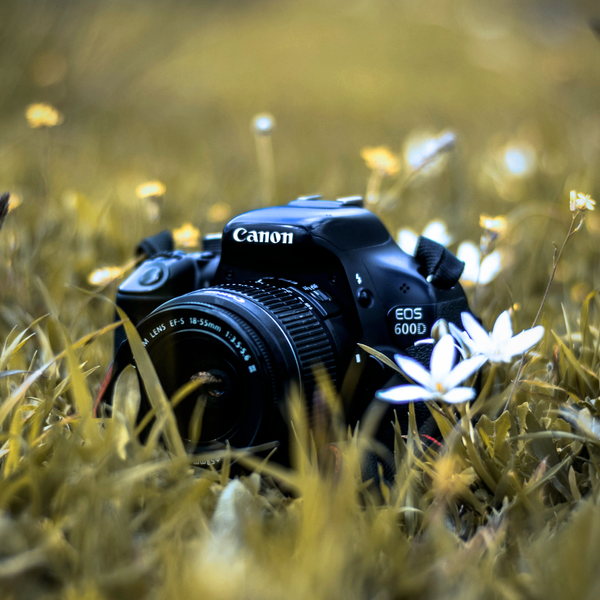Have you ever looked at a beautiful skein of yarn and wondered what type of yarn it is?
Yarns come in all sorts of yarn weights, materials, and textures, and each type has its own unique characteristics.
There is self-striping yarn, worsted weight yarn, lightweight yarn, and more!
If you’re new to the world of knitting or crocheting, you might not be familiar with the different types of yarns.
In this blog post, we’re going to explore the different types of yarns so that you can make an informed decision when purchasing yarn for your next project.
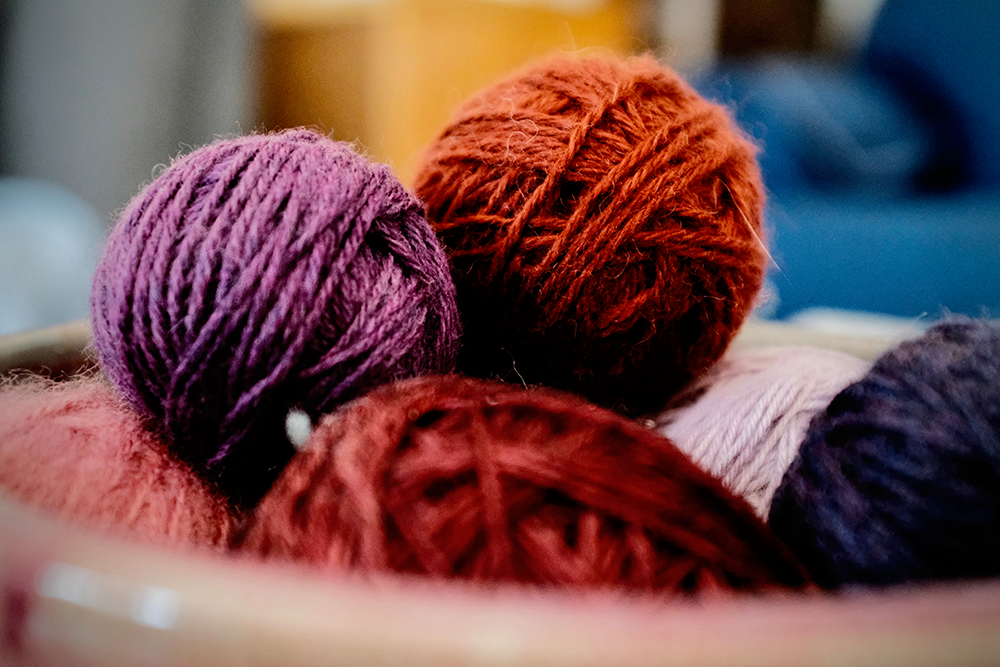
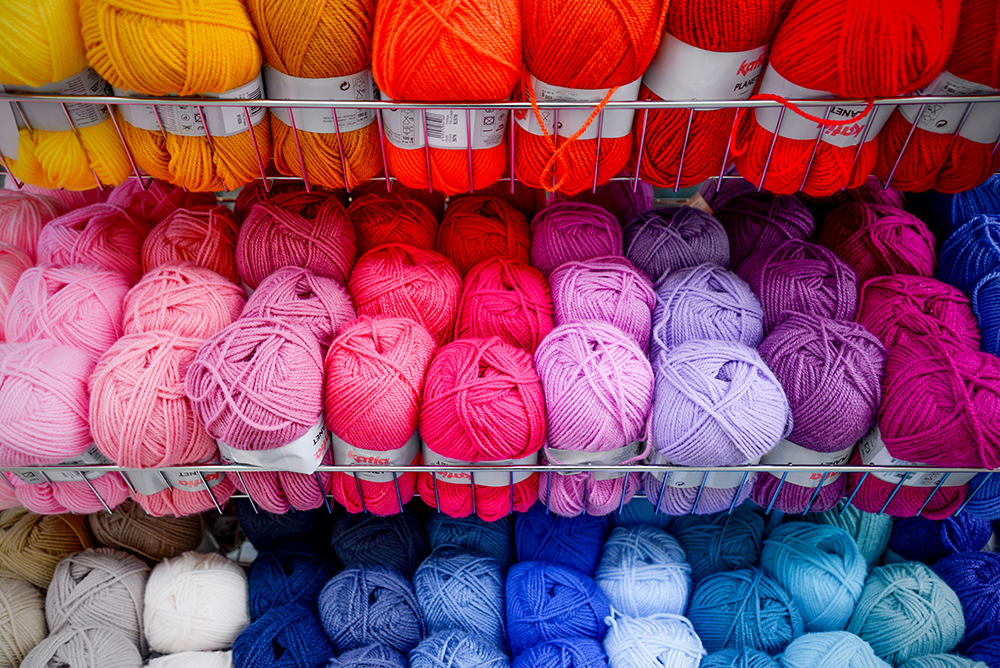
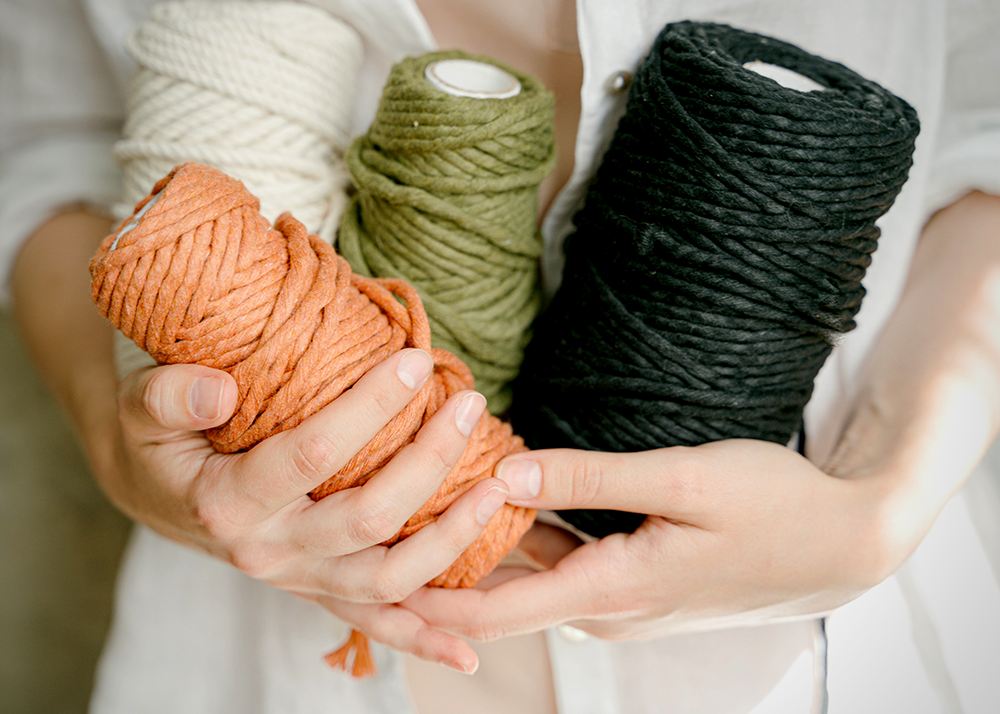
Types of Yarn
Whether you want a new crochet or knitting yarn or you’re a beginner trying to find the best yarn for your first project, understanding the types of yarn is essential.
There are many different types of yarns, but yarn fibers can generally be classified into two categories: natural fibers and synthetic fibers.
Natural yarns include wool, cotton, alpaca, silk, cashmere, and bamboo.
Synthetic yarns include acrylic, polyester, and nylon.
Each type of fiber has its own unique properties that make it better suited for certain projects.
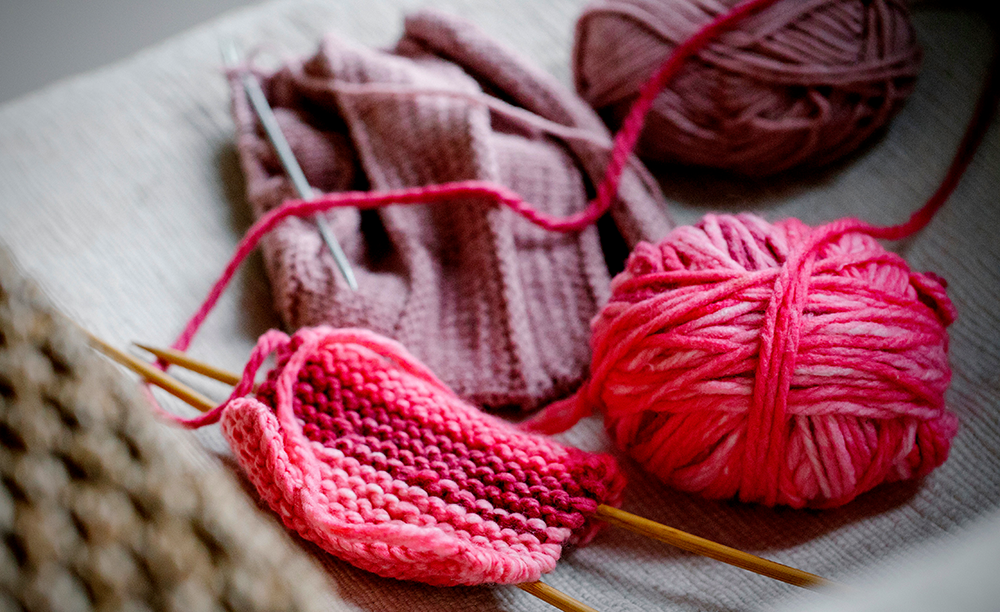
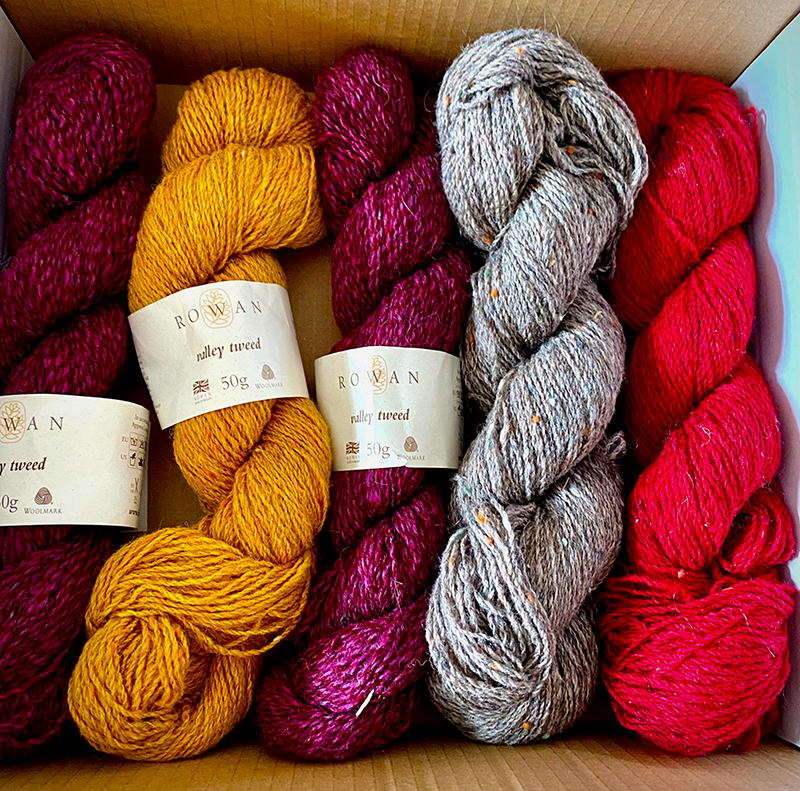
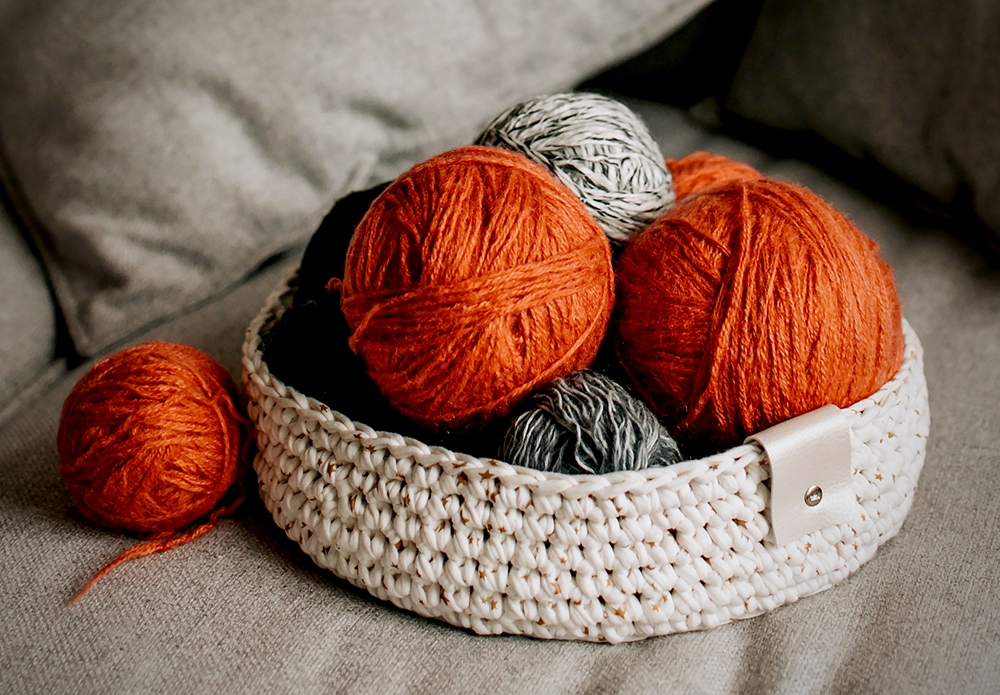
Wool Yarn
Wool is a warm, durable fiber that is often used for sweaters and other winter apparel.
Derived from Merino sheep, Merino wool yarn is a popular wool yarn because it is soft, itch-free, and easy to care for.
Wool fibers can be scratchy when worn next to the skin, so it is often blended with other fibers such as acrylic or cotton.
Wool yarn is also susceptible to shrinking when washed, so it must be washed carefully.
Plus, wool yarns are generally not recommended for beginners because they can be difficult to work with.
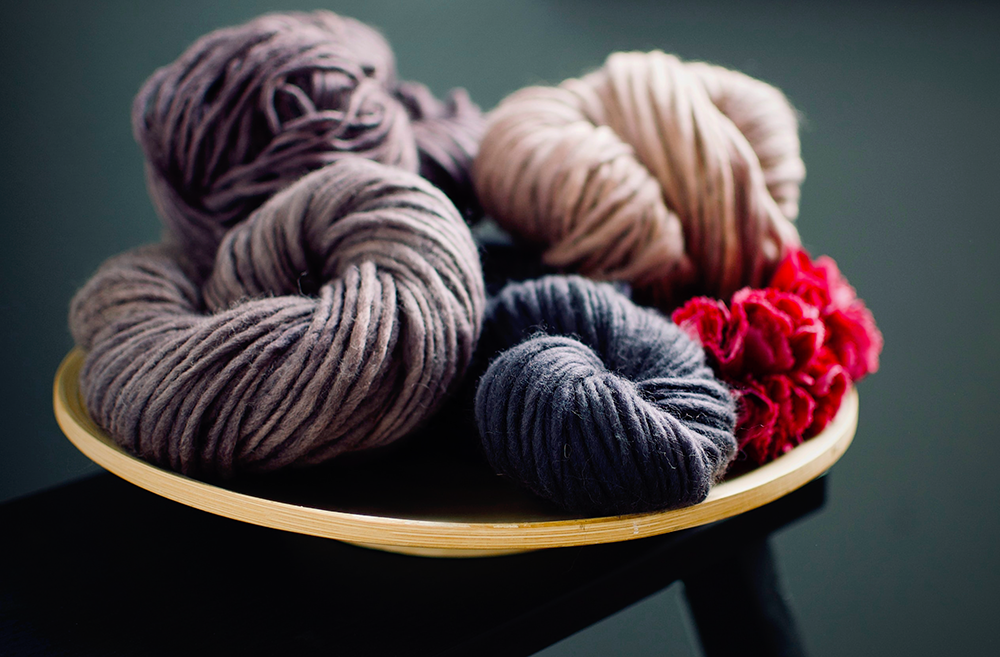

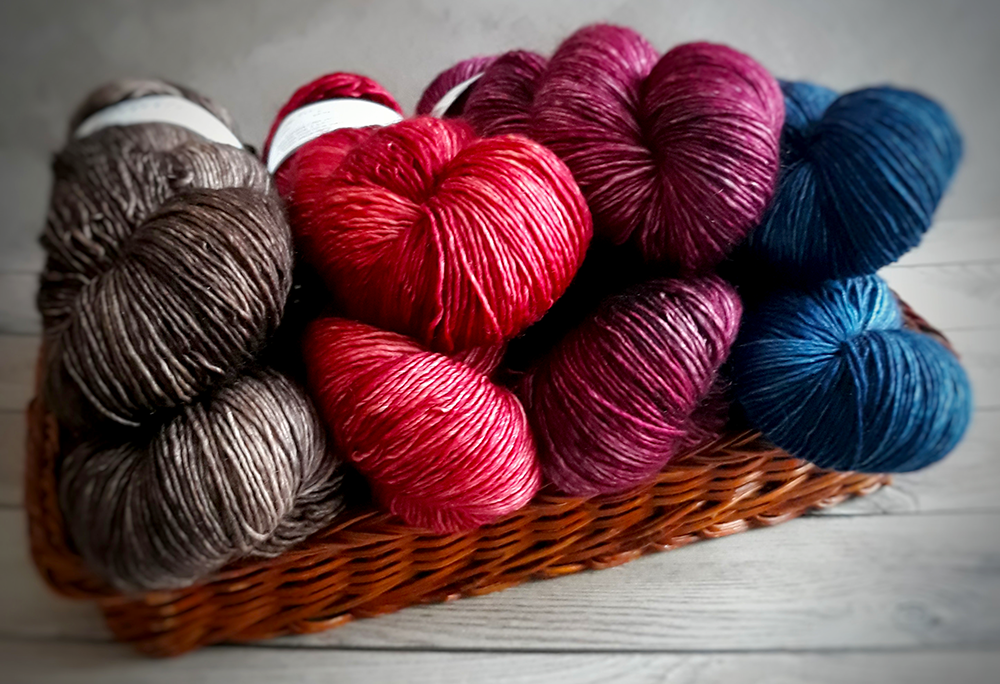
Cotton Yarn
Cotton is a soft, breathable fiber that is often used for summer apparel and baby clothes.
It can shrink when washed in hot water, so it is important to read the care label before laundering your cotton garments.
Cotton yarn is also susceptible to staining, so it might not be the best choice for projects that will see a lot of wear and tear.
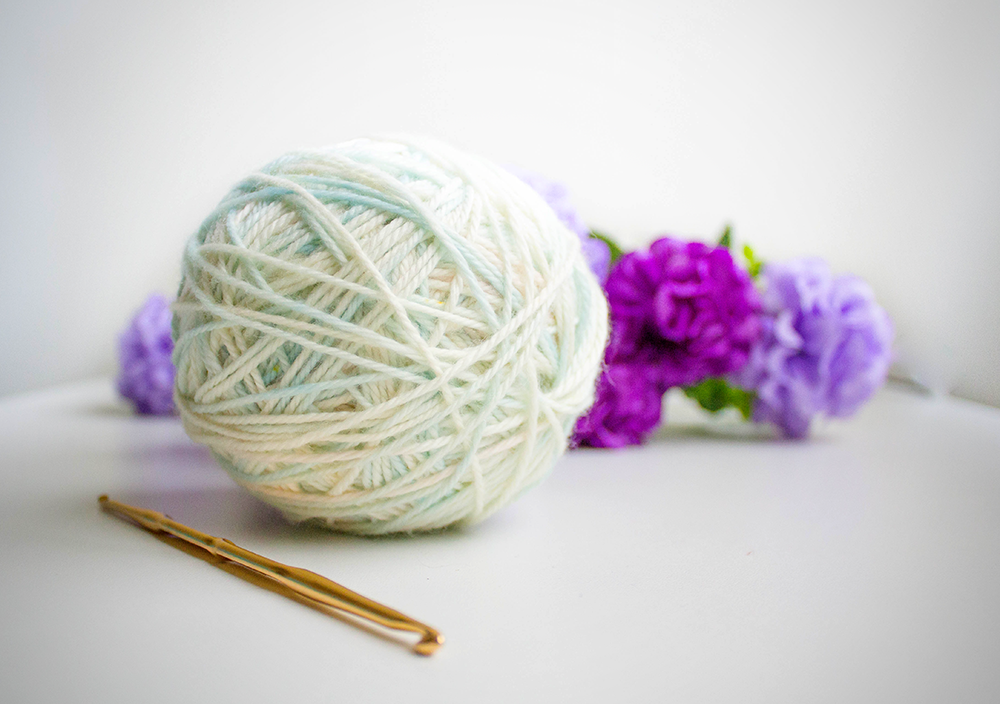
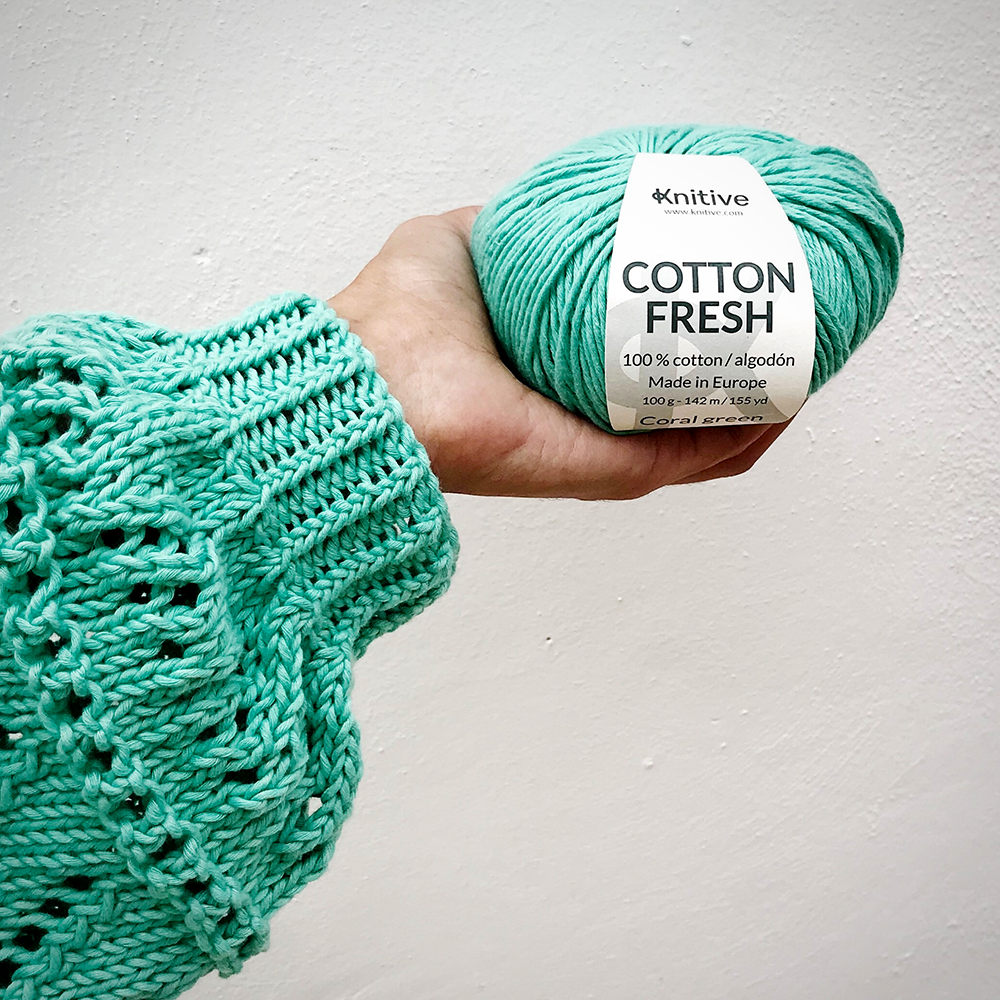
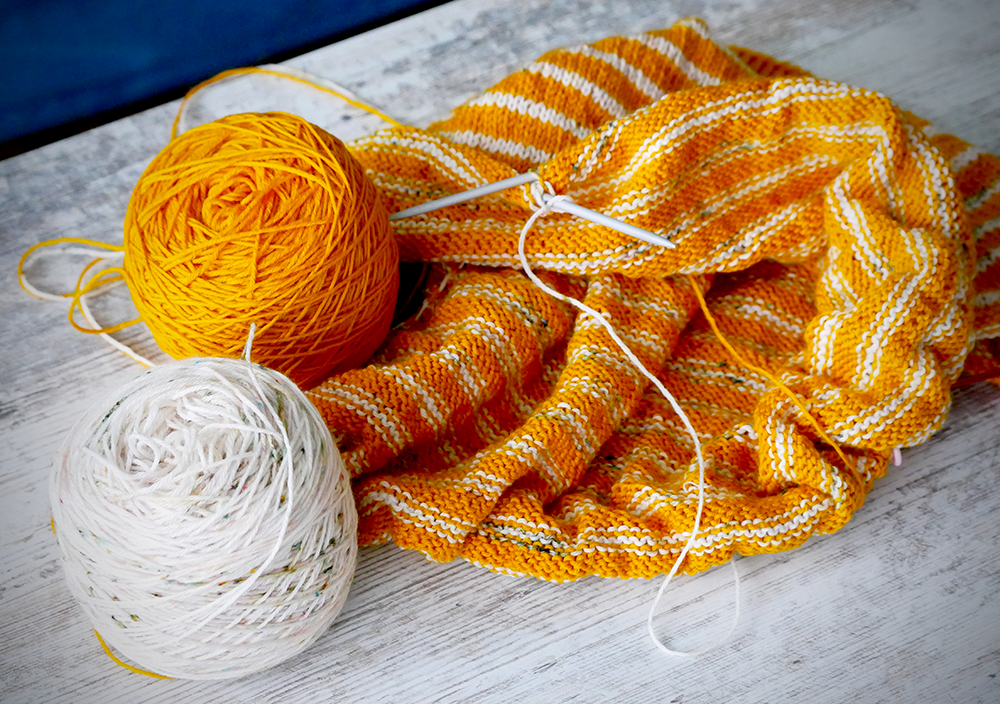
Alpaca Yarn
Alpaca is a luxury fiber that is similar to wool in terms of warmth and durability.
It is often used for high-end sweaters and other garments.
Alpaca fiber is similar to wool in terms of warmth and durability. However, it is much softer and less likely to cause irritation when worn next to the skin.
Alpaca yarn is also hypoallergenic, making it a good choice for people with wool allergies.
You can also find nice alpaca blend yarns, so if you love the fiber but not the price, seek out a blend.



Silk Yarn
Silk is a luxurious fiber with a soft sheen.
It is often used for special occasion garments such as wedding dresses or evening gowns.
Silk yarn can be difficult to work with because it slips easily and can be damaged by sharp objects such as needles.
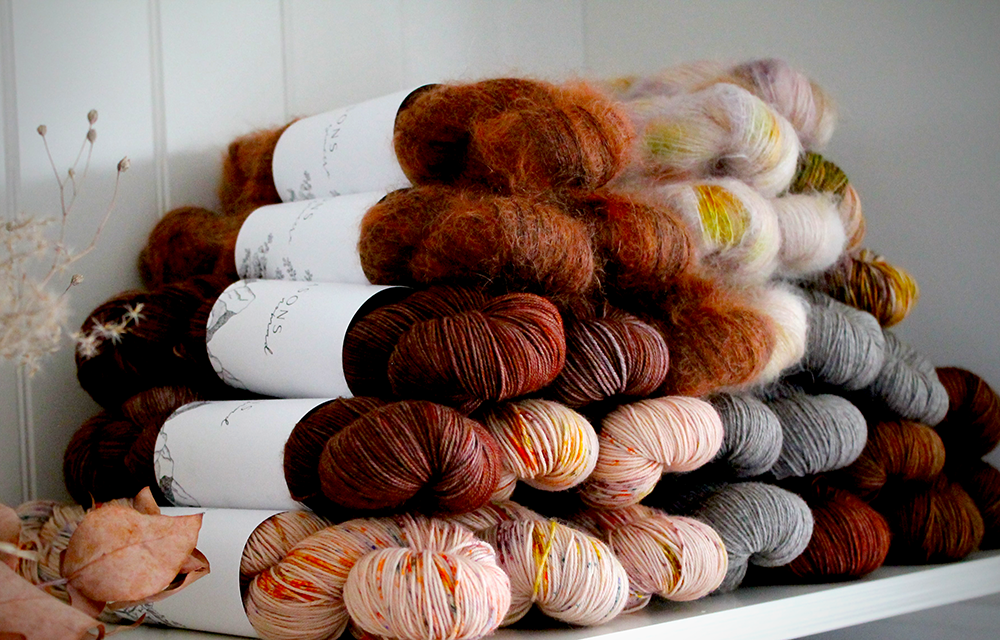
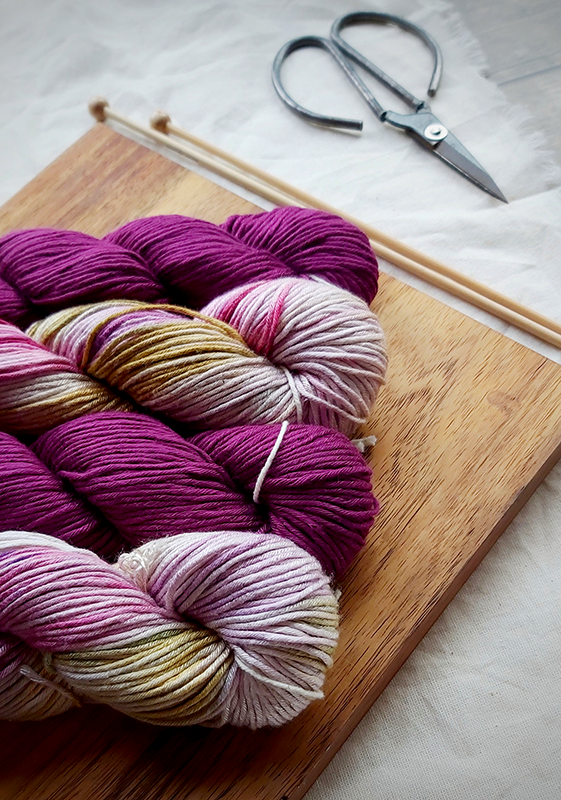
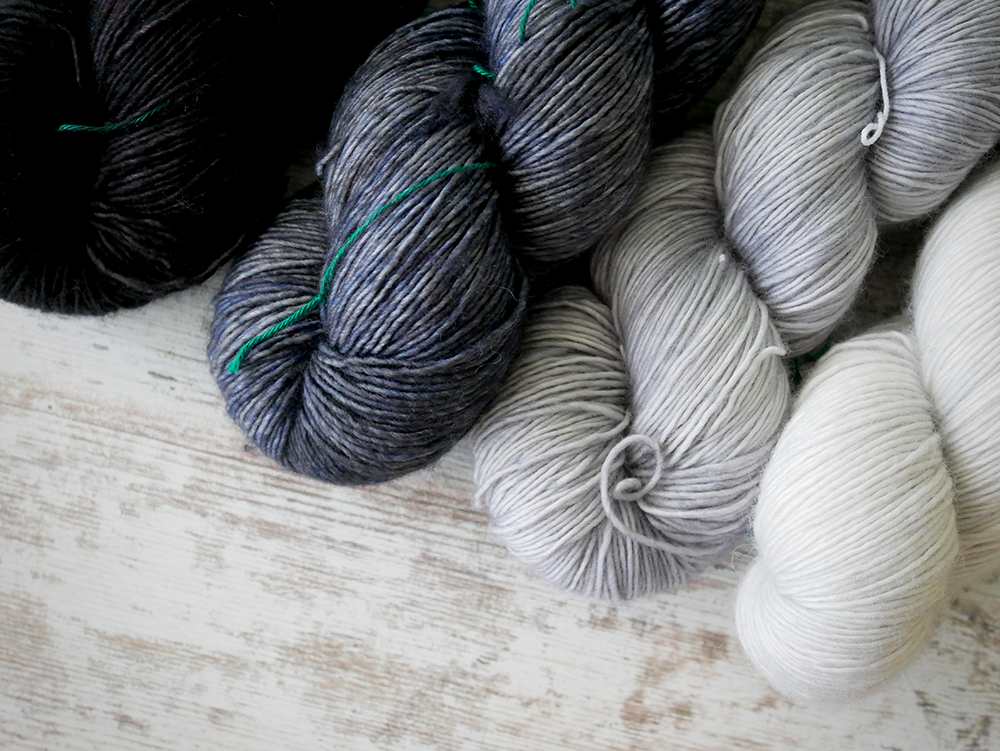
Cashmere Yarn
Cashmere is a luxury fiber made from the soft undercoat of cashmere goats.
It is used for high-end sweaters and other garments.
Cashmere yarn is very soft and warm, but it can be difficult to work with because it is so slippery.
It's a great choice for special occasion garments.
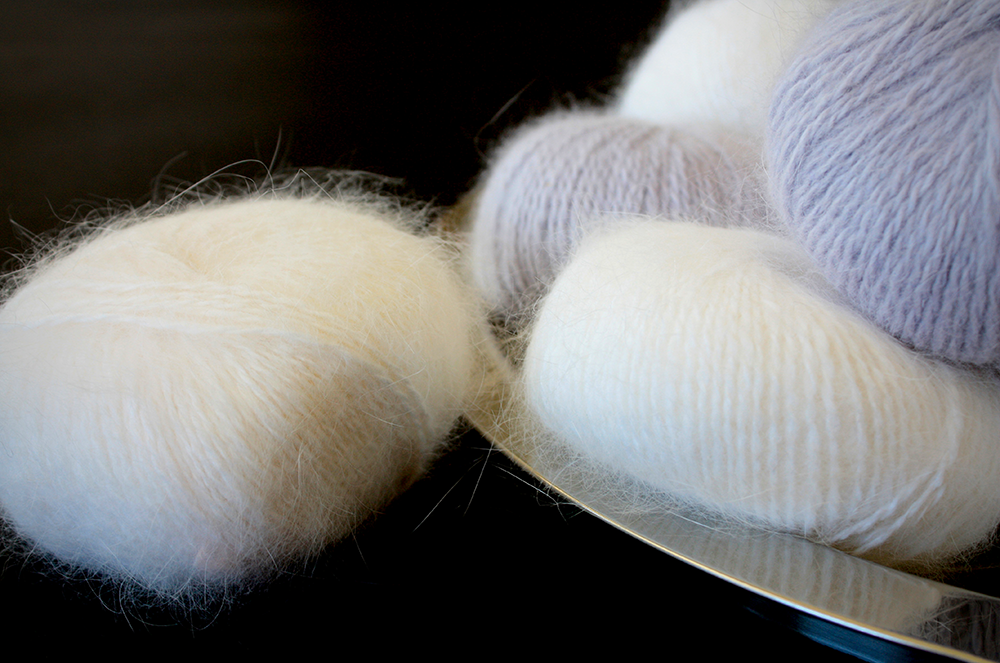
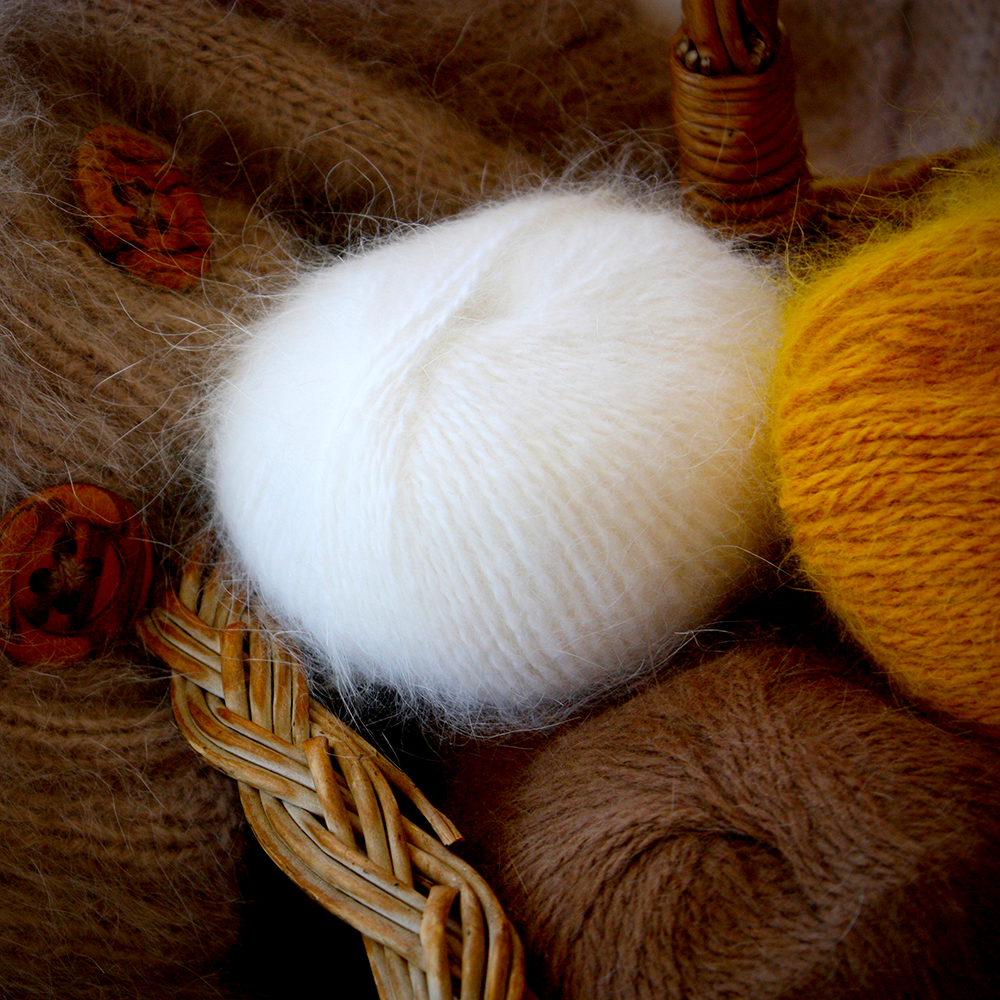
Bamboo Yarn
Bamboo yarn is made from the cellulose fibers of the bamboo plant.
It is soft, strong, and hypoallergenic.
Bamboo yarn is often used for baby clothes and other garments that need to be soft and gentle on the skin.

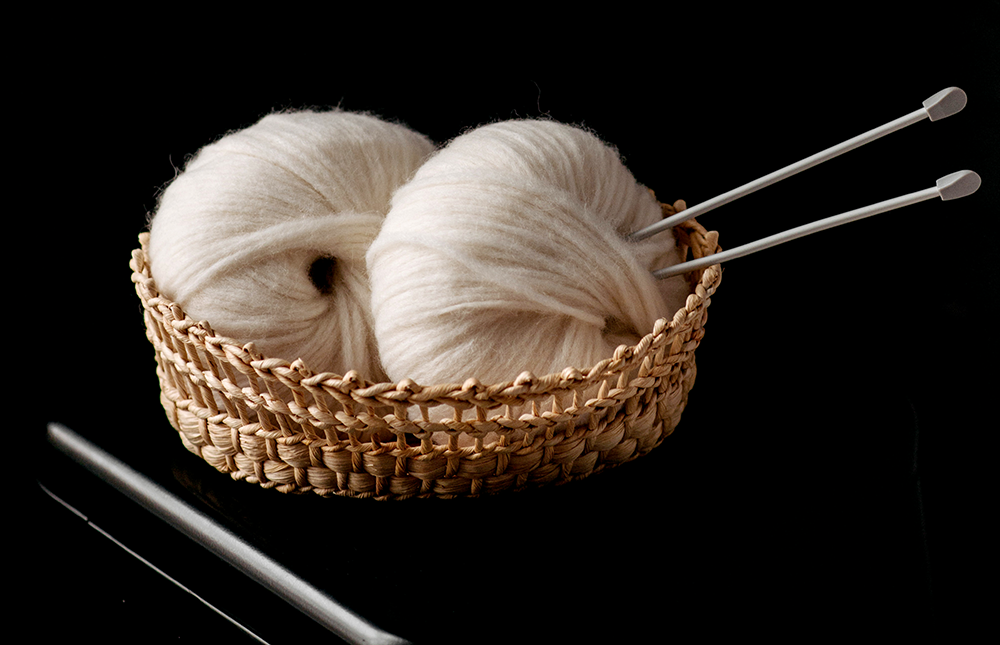
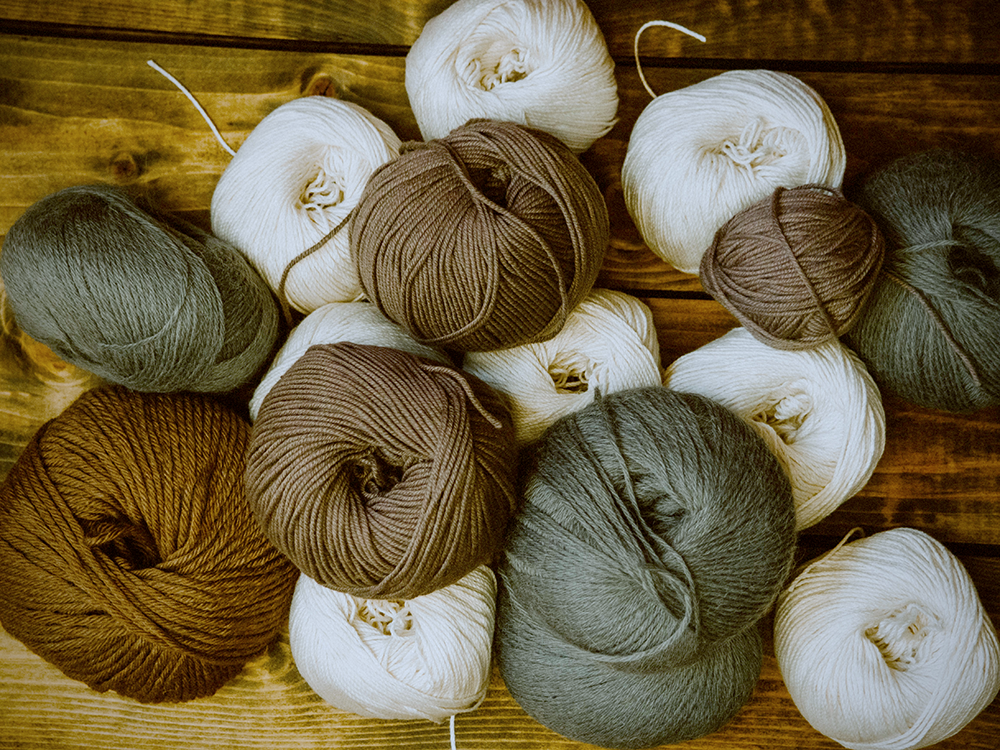
Acrylic Yarn
Acrylic is a synthetic fiber that mimics the look and feel of wool.
It is often used as a cheaper alternative to wool in projects such as sweaters and hats.
Acrylic yarn is easy to care for because it can be machine washed and dried without shrinkage or damage.
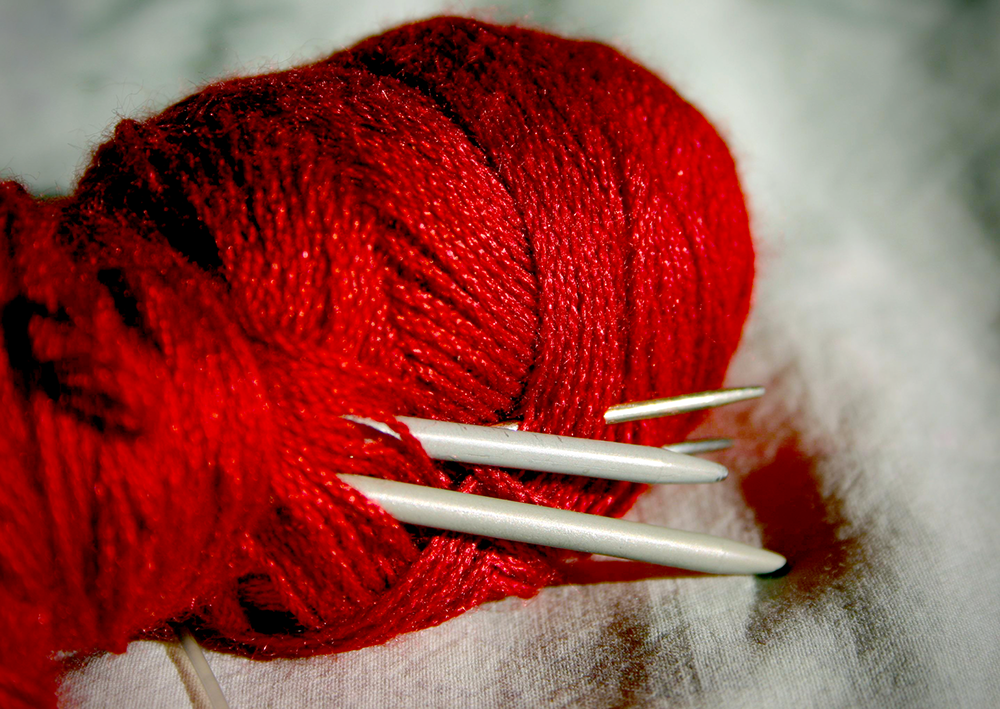
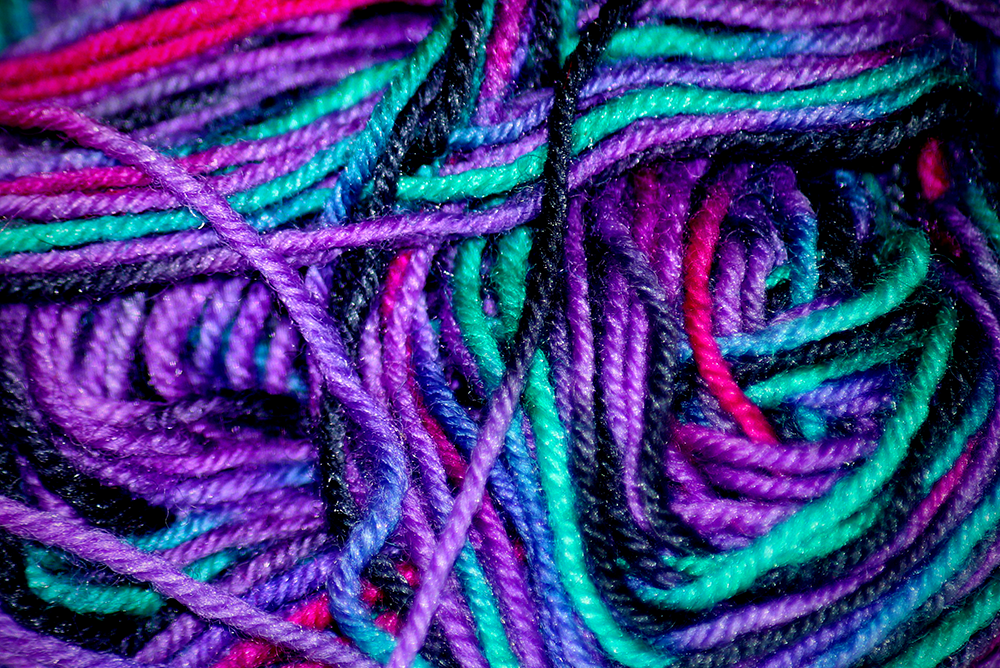
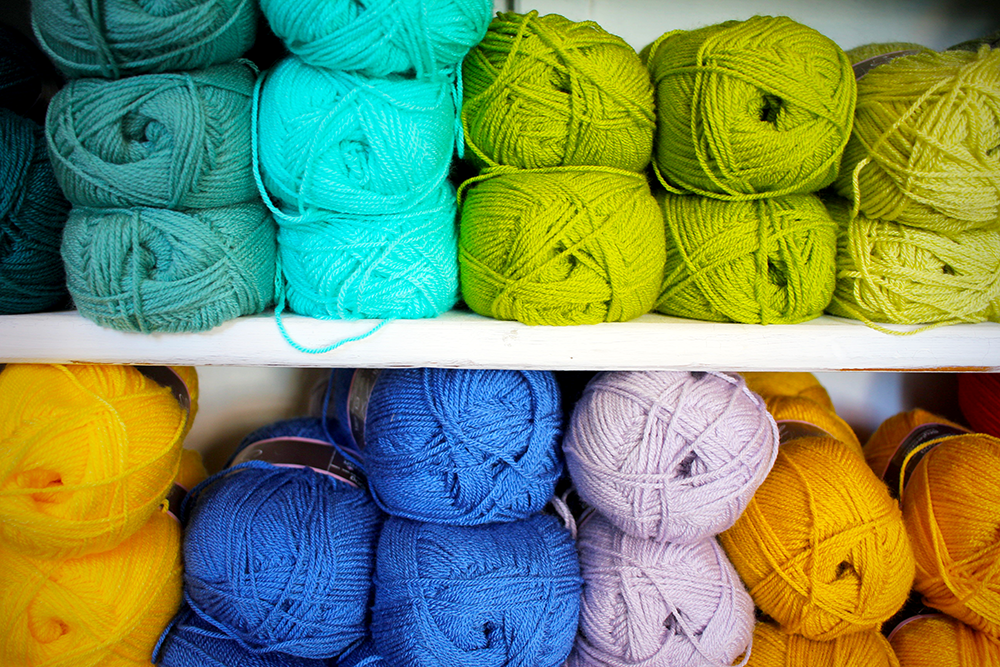
Polyester Yarn
Polyester is a synthetic fiber that is often used in sportswear and activewear because it wicks moisture away from the body and dries quickly.
Polyester yarn can also be used in home decor projects such as curtains and upholstery due to its durability and stain-resistant properties.
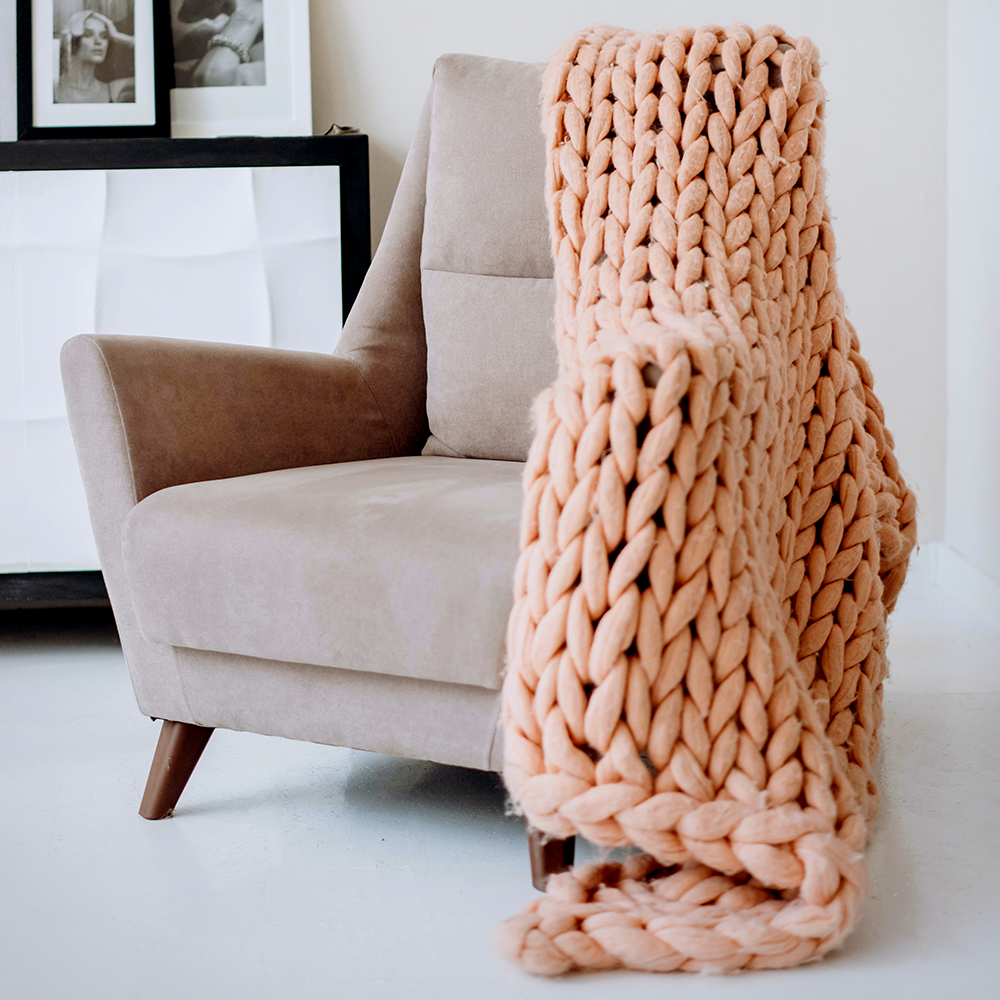

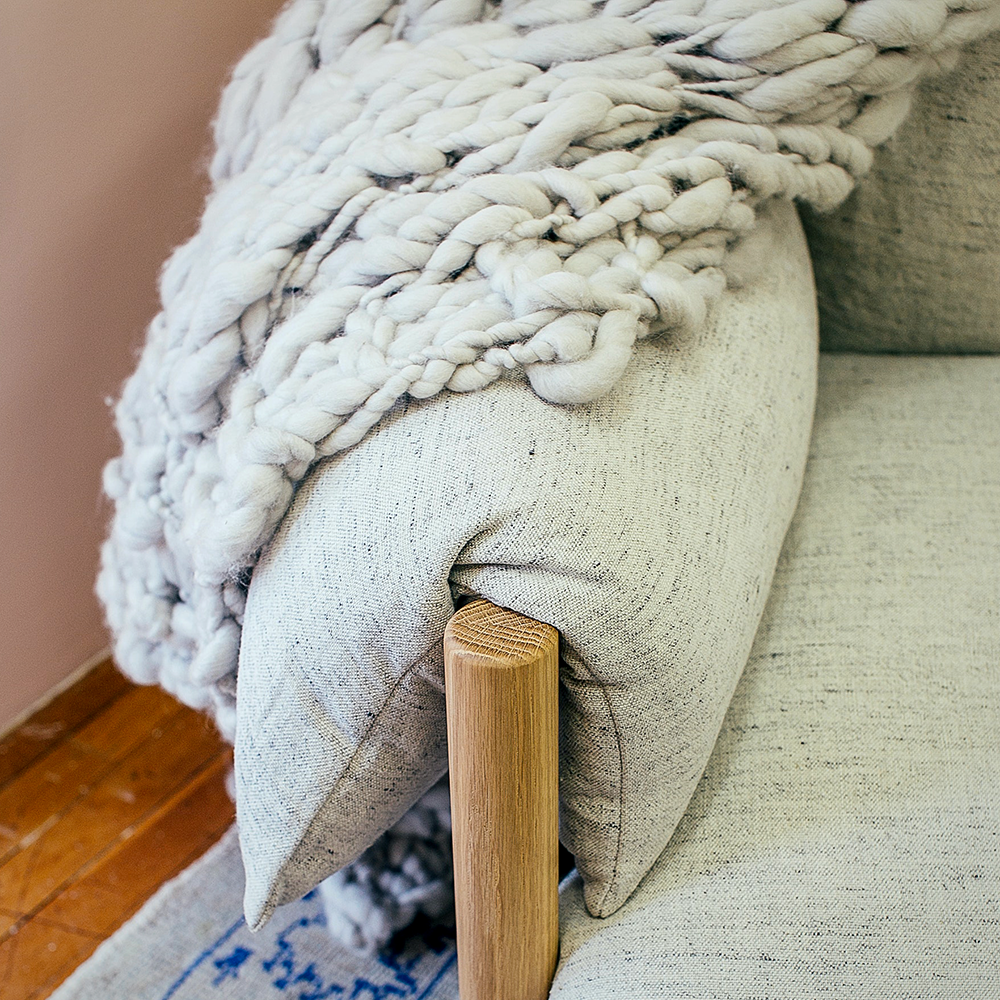
Nylon Yarn
Nylon is a synthetic fiber that is commonly used in hosiery and similar clothes due to its stretchiness and strength.
This yarn is often used in socks and other garments that need to be stretchy.
Nylon can also be used in umbrella ribs and fishing line due to its ability to withstand wear and tear.
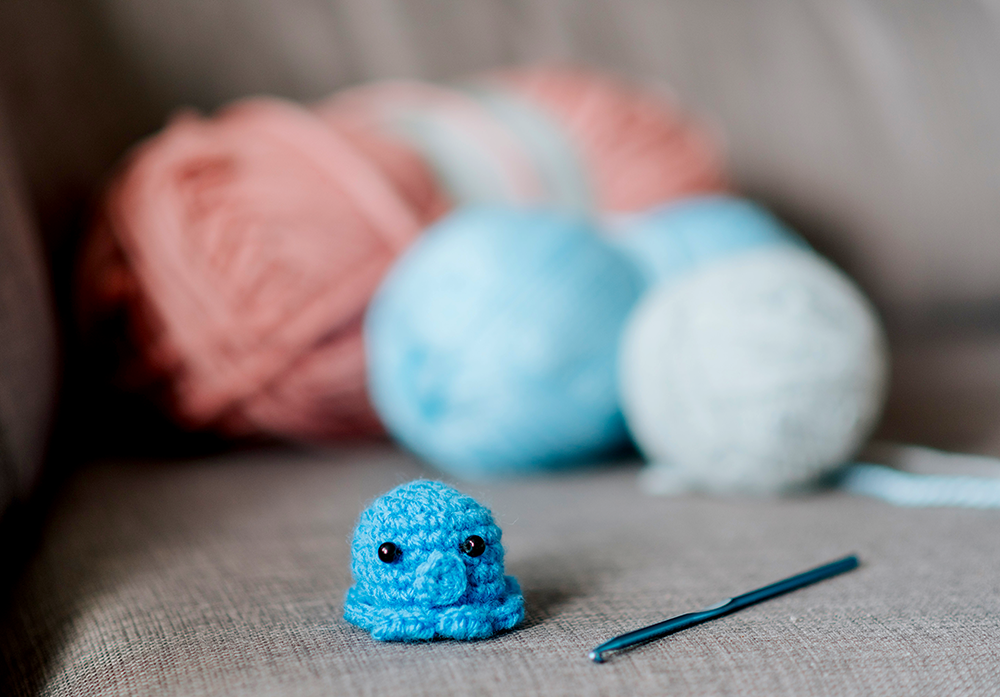

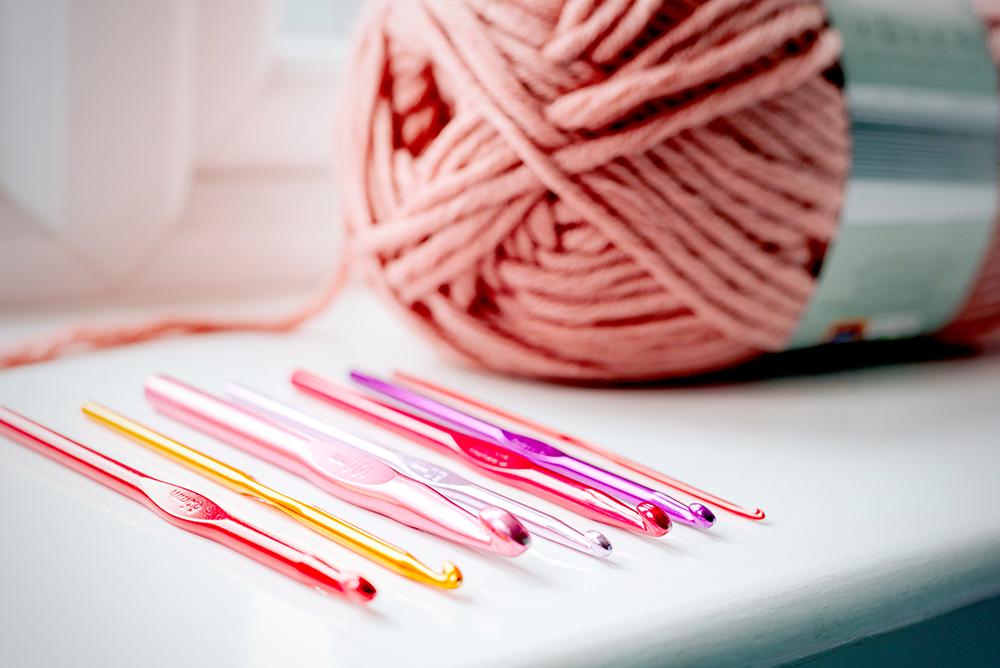
Choosing Your Yarn
As you can see, there are many different types of yarns available on the market today.
Whether natural or synthetic yarn, each type of yarn has its own unique set of properties that make it better suited for certain projects.
Now that you know a little bit more about the different types of yarn, you can make an informed decision when purchasing yarn for your next project.
When choosing yarn for your next project, take some time to consider what type of fiber and yarn weight would work best given the intended use for the finished product.
So, what are you waiting for?
Pick out your new yarn and get creative!


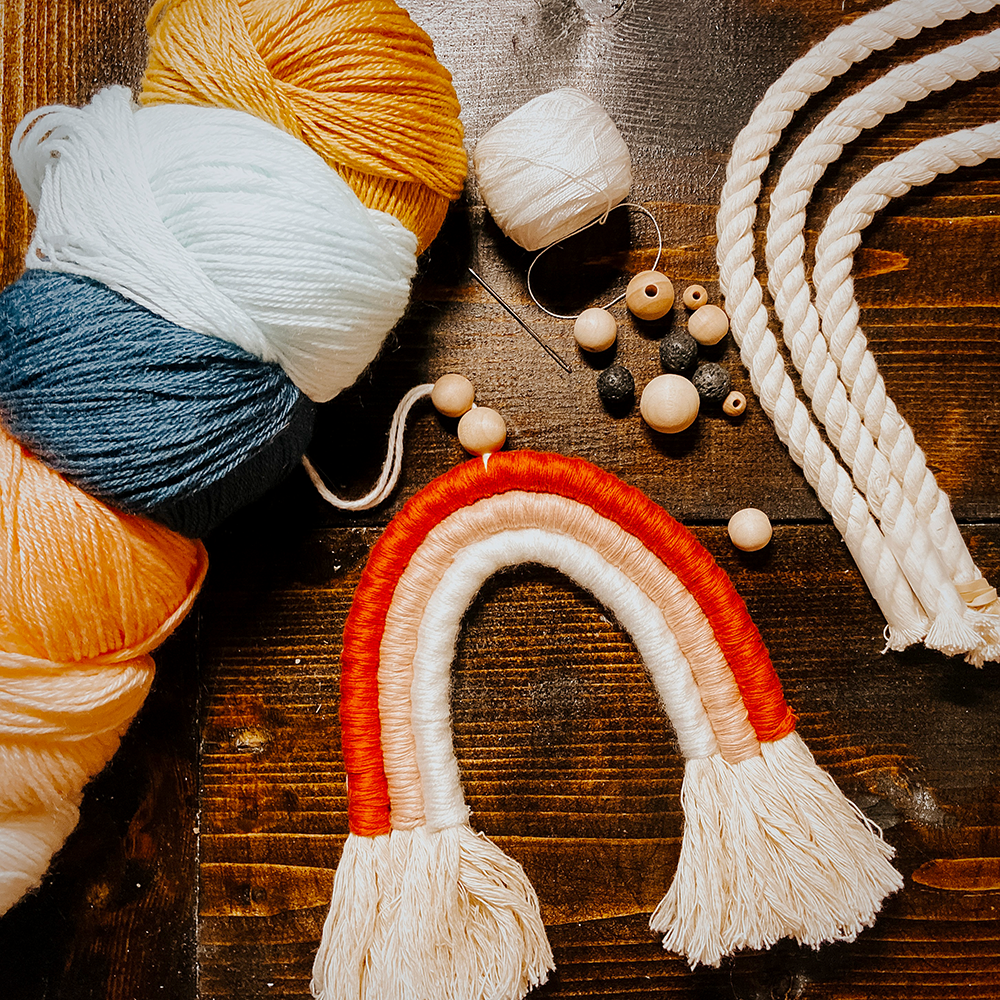
Want to learn more about yarns? Check out Crochet with illJay's video!
Looking for some great yarns?
Check out some of our other articles:
